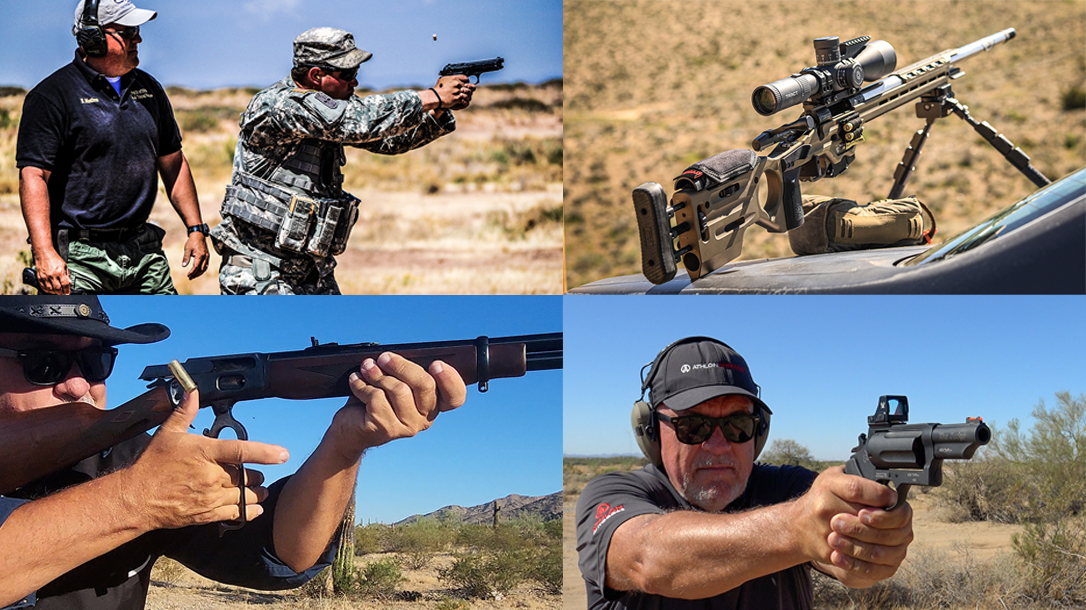A long conversation with a new shooter recently included both her excitement and frustrations. One of her major complaints was the lingo and terminology that comes with the gun world. I try to stay true to my roots and remember the days when I first really started shooting. With that, I can remember well the days of me nodding along with a conversation, but in the back of my head I was asking “What the heck is he talking about?” One thing that seems to always be part of that is firearm actions.
Without some basic explanation, it can be confusing because it actually covers two different aspects of a gun. The first action we will talk about is related to the trigger and what the trigger does in the gun.
Firearm Actions Explained
Single Action
The single action is a classic design that dates back to the 19th century. In this mechanism, the shooter must manually cock the hammer before each shot. When the trigger is pulled, it releases the hammer, firing the round. So in this gun, the trigger has a single action. That is to release the hammer.
Double Action
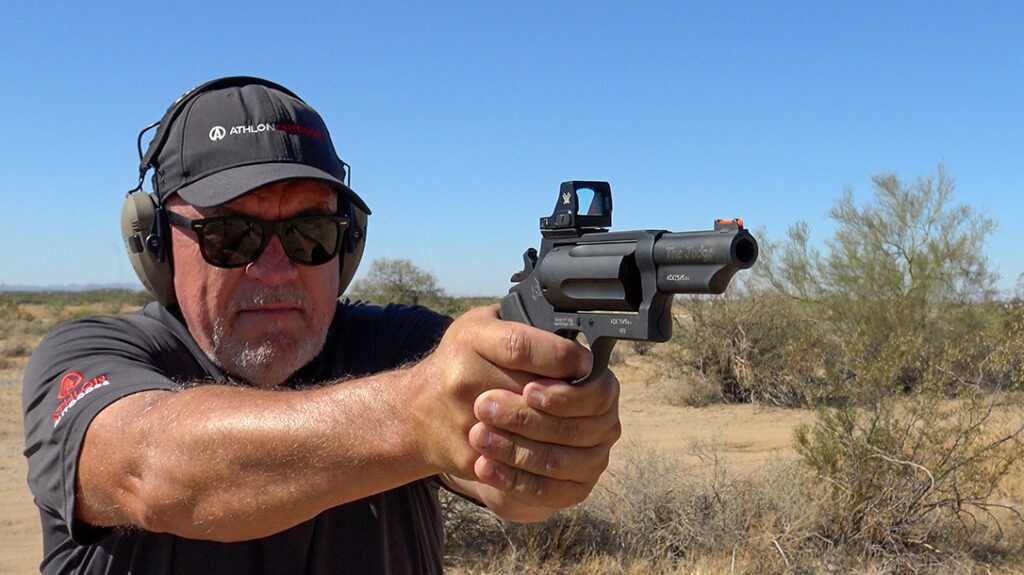
Unlike single-action guns, double-action guns allow the shooter to both cock the hammer manually or simply pull the trigger to both cock the hammer and release it. This dual functionality provides versatility and convenience, as it eliminates the need for manually cocking the hammer before each shot. In this design the trigger actually both cocks and releases the hammer.
Double Action/Single Action
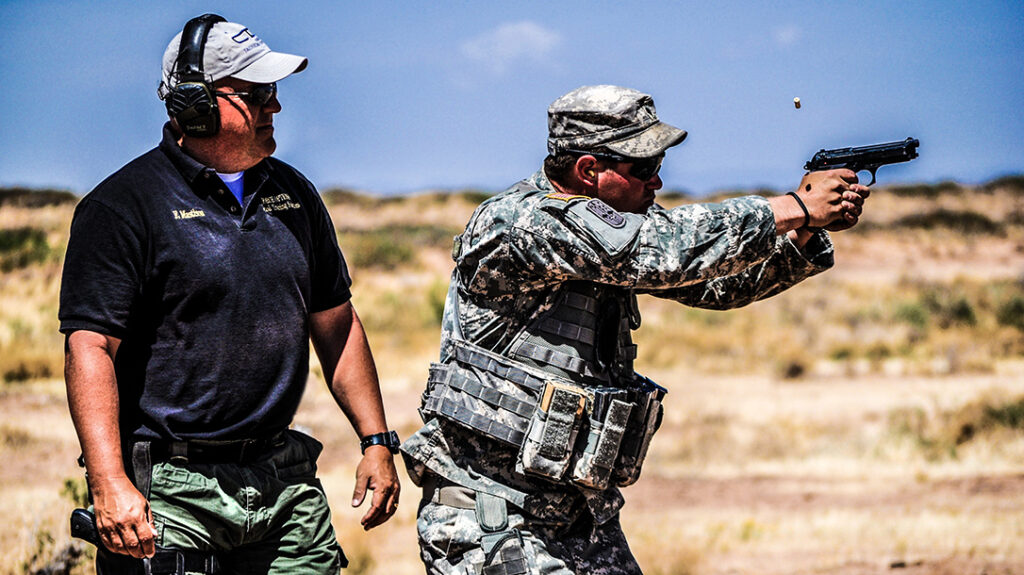
Guns in this category provide you with both options. A good example of this is the classic Beretta 92. On this gun, you have the option of thumb cocking the hammer and then pressing the trigger, or just pulling the trigger. These guns by design will have two different trigger pull weights. The first pull that cocks the hammer before firing is significantly heavier than the following shots where the hammer is automatically cocked.
Striker-Fired Actions
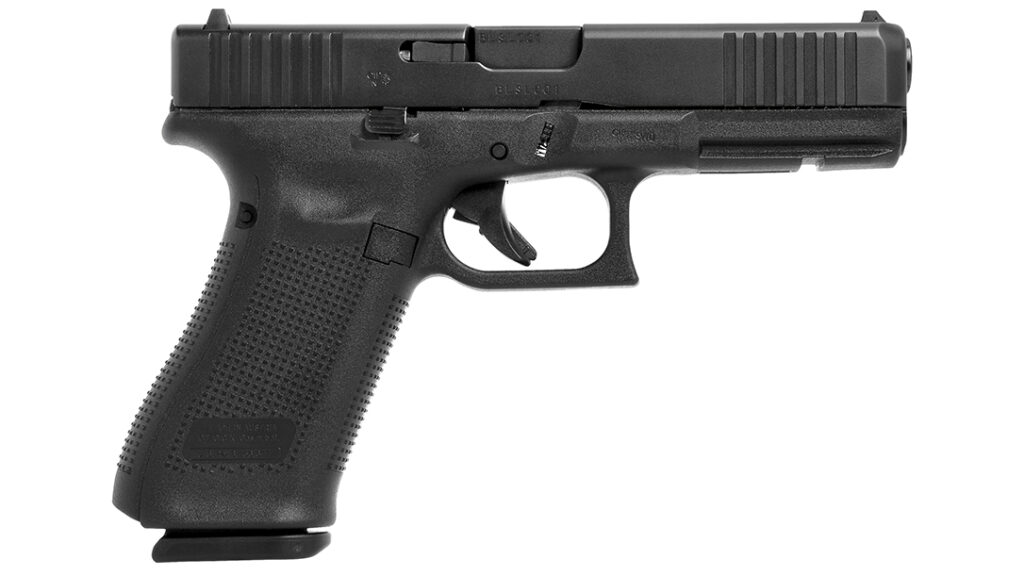
With the introduction of the Glock 17 in the 1980s, we essentially had to make a new action category. Striker-fired design pistols use a spring-loaded striker to hit the primer of the ammo cartridge. When a shooter racks the slide to chamber a round on a striker-fired gun, an internal spring is partially cocked. Once the shooter pulls the trigger, the spring is cocked the remainder of the way, causing the striker pin to hit the cartridge and fire a round. There are variations of this mechanism. For example, some guns fully cock the striker spring when the slide is racked.
The second action we will discuss is a reference to how the gun cycles or feeds ammunition.
Bolt-Action Rifle
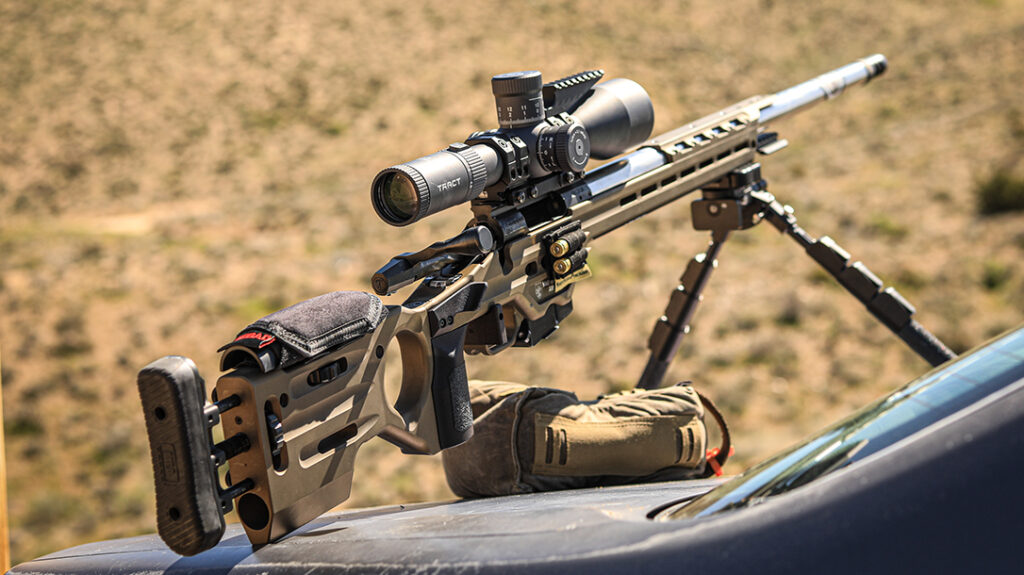
Bolt-action rifles are renowned for their accuracy and reliability, making them a popular choice for hunting and long-range shooting. In this mechanism, the shooter operates a bolt handle to manually cycle the action. This movement lifts the spent cartridge, ejects it from the chamber, chambers a fresh round from the magazine, and locks the bolt back into place. The shooter then pulls the trigger to fire the rifle. Bolt-action rifles are prized for their simplicity, robustness, and precision.
Semi-Automatic
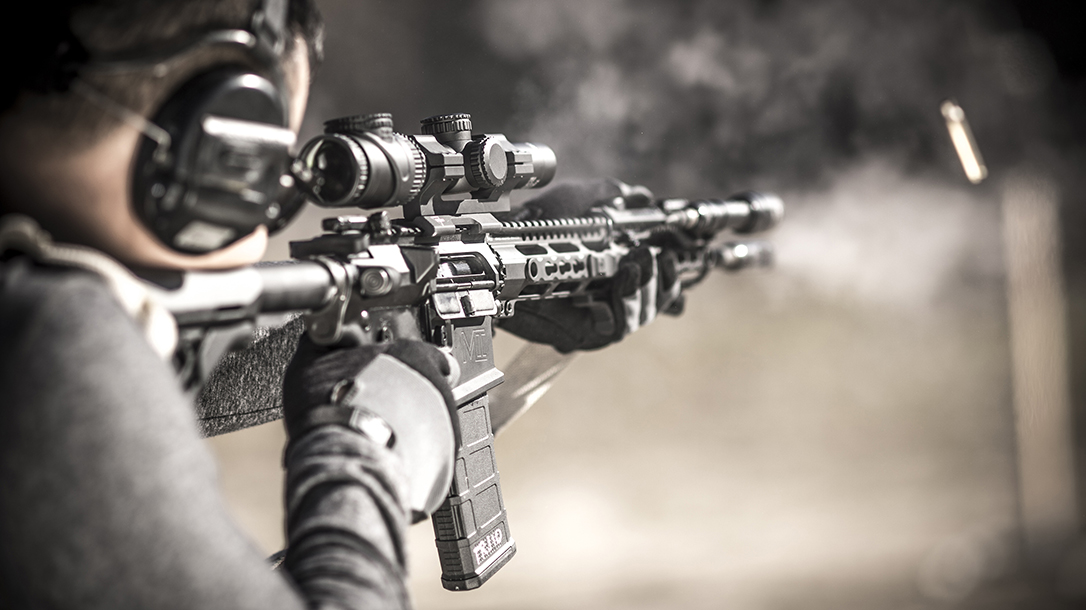
Semi-automatic guns utilize the energy from the fired cartridge to automatically cycle the action, eject the spent casing, and chamber a new round from the magazine. This mechanism is achieved through the use of a recoil or blowback operation. When the trigger is pulled, the firing pin strikes the primer, igniting the propellant and firing the bullet. As the bullet travels down the barrel, gases are generated, which drive the slide or bolt rearward, extracting and ejecting the spent casing. The recoil spring then returns the slide or bolt forward, stripping a new round from the magazine and chambering it, readying the gun for the next shot.
Pump Action
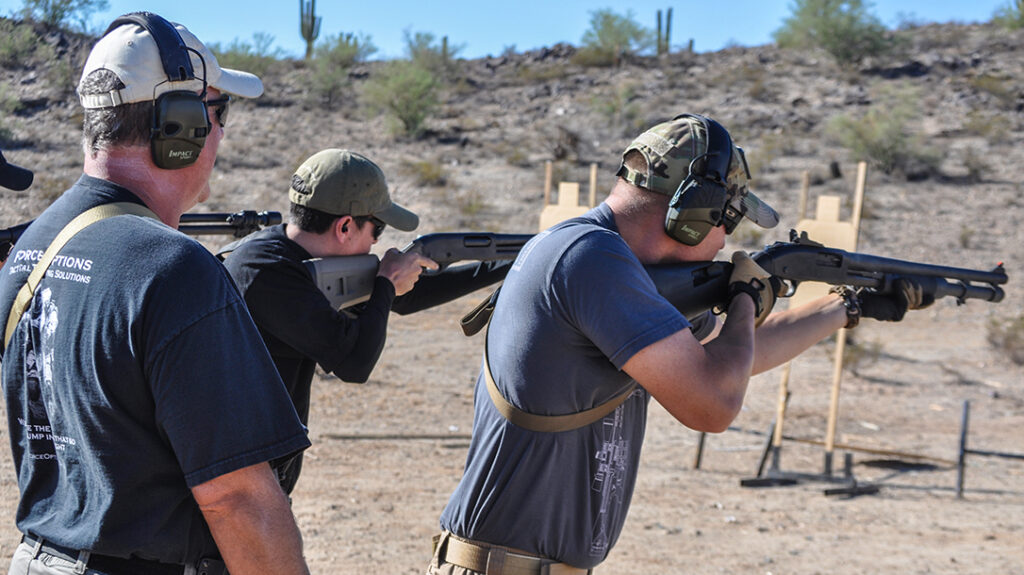
The pump action is a type of manual firearm action that is operated by moving a sliding handguard on the gun’s forestock. When shooting, the sliding forend is pulled rearward to eject any expended cartridge and typically to cock the hammer or striker and then pushed forward to load a new cartridge into the chamber. Most pump-action firearms use an integral tubular magazine, although some do use detachable box magazines. Pump-action firearms are typically associated with shotguns, although they have been used in rifles, grenade launchers, as well as other types of firearms. A firearm using this operating mechanism is colloquially referred to as a pump gun.
Lever Action
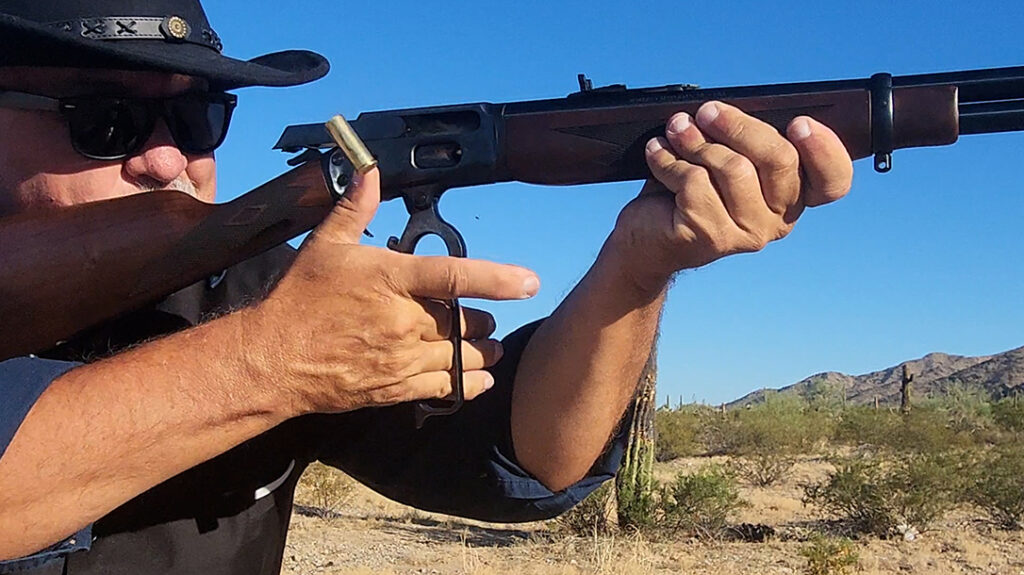
A lever action is a type of action that uses a manually operated cocking handle located around the trigger guard area that pivots forward to move the bolt via internal linkages, which will feed and extract cartridges into and out of the chamber and cock the firing pin mechanism. A firearm using this operating mechanism is colloquially referred to as a lever gun.
Understanding the different firearm actions is helpful for anyone interested in firearms, whether for recreational shooting, hunting, or self-defense. Each action has its own unique characteristics, advantages, and applications. Now, go forward with your newfound knowledge and share it with friends and family.










Didn’t find what you were looking for?
Read the full article here

